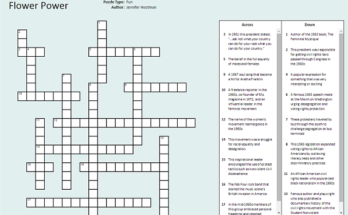
Dienstlich Entsenden Kreuzworträtsel crossword clues
Hello, crossword and military history lovers! Are you ready to take on a tactical task that will test your vocabulary and expertise? Now put down your pens and give the …
Dienstlich Entsenden Kreuzworträtsel crossword clues Read More








